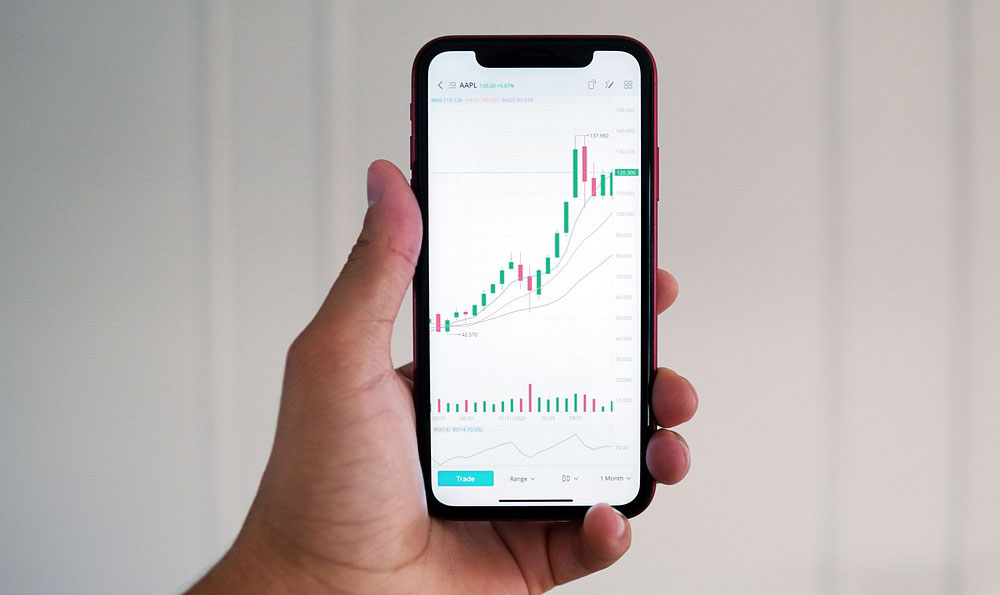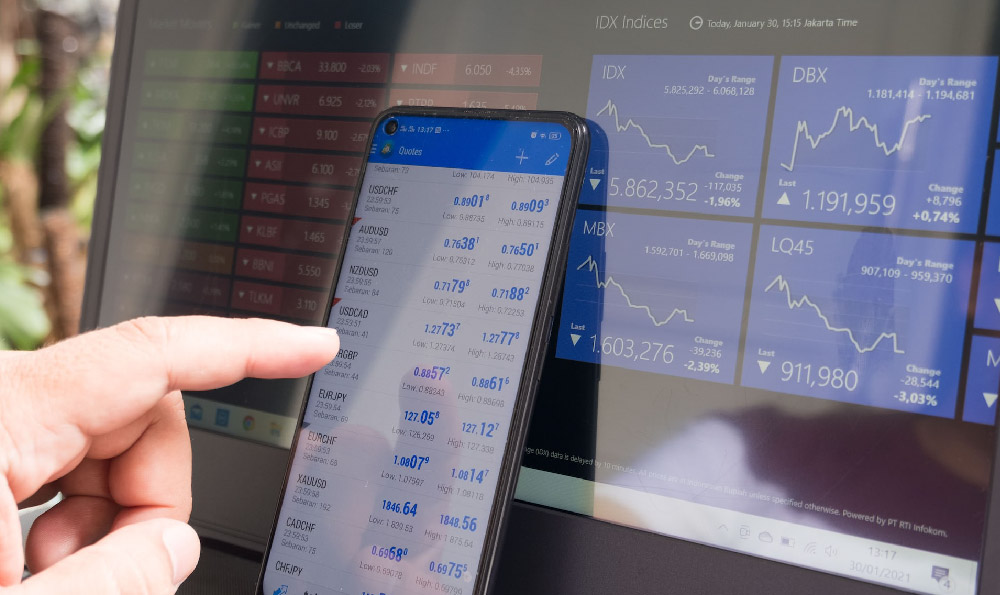Michael Bloomberg's ascent to becoming one of the world's wealthiest individuals is a testament to his entrepreneurial spirit, innovative thinking, and strategic decision-making. His fortune wasn't built on inherited wealth or a lucky break, but rather on a combination of factors, most notably the creation and success of Bloomberg L.P., a financial data and media company that revolutionized the financial information industry.
Bloomberg's initial foundation came from his career at Salomon Brothers, a prominent investment bank. He joined the firm after graduating from Harvard Business School and quickly rose through the ranks, specializing in equity trading. He was eventually made a partner, a significant achievement at the time. This period provided him with invaluable experience in the financial markets, a deep understanding of the needs of financial professionals, and critical insights into the technological limitations of the existing information systems. Ironically, Bloomberg was later laid off from Salomon Brothers during a corporate restructuring. While this might have been a setback for many, it proved to be the catalyst for his entrepreneurial journey.
Armed with his severance package and a keen understanding of the market inefficiencies he had observed, Bloomberg envisioned a better way to deliver financial information. He recognized that traders and analysts were spending too much time manually gathering data, which was often outdated and unreliable. He believed that a system providing real-time market data, analytics, and news in an integrated and user-friendly format would be incredibly valuable.

This vision led to the creation of Innovative Market Systems (IMS), which later became Bloomberg L.P. The core of Bloomberg's success lies in the Bloomberg Terminal, a specialized computer terminal providing access to a comprehensive suite of financial data, analytics, news, and communication tools. It wasn't just the data itself, but the way it was organized, presented, and made accessible that set it apart.
Several strategic decisions were crucial in the early stages of Bloomberg's company. One was targeting the bond market. Initially, he focused on fixed-income securities because he perceived a greater need for reliable data in this area compared to the more heavily covered equity markets. This shrewd decision allowed him to establish a niche market and gain a foothold in the industry. Another key decision was leasing, not selling, the Bloomberg Terminals. This ensured a recurring revenue stream and provided a continuous feedback loop for product improvement and innovation.
Bloomberg didn't just create a product; he created a community. The Bloomberg Terminal included instant messaging capabilities, allowing traders and analysts to communicate and share information directly with each other. This feature fostered a sense of community and collaboration, further cementing the terminal's importance in the daily workflow of financial professionals.
Furthermore, Bloomberg recognized the importance of continuous innovation and reinvestment. The company constantly updated and improved the Bloomberg Terminal, adding new features and data sets to meet the evolving needs of its users. This commitment to innovation ensured that the Bloomberg Terminal remained a cutting-edge tool and maintained its competitive advantage. Beyond the core terminal business, Bloomberg expanded into other areas, including news, media, and government affairs. Bloomberg News, launched in 1990, became a leading source of financial news and analysis, further enhancing the value of the Bloomberg Terminal and solidifying the company's position as a comprehensive provider of financial information. This diversification strategy helped to broaden the company's revenue streams and reduce its reliance on a single product.
Bloomberg’s management style also contributed to the company's success. He fostered a culture of innovation, collaboration, and customer focus. He empowered his employees to take risks and experiment with new ideas. He also maintained a strong focus on customer service, ensuring that users of the Bloomberg Terminal received prompt and effective support. This dedication to customer satisfaction helped to build strong relationships with clients and foster loyalty.
Finally, Bloomberg's understanding of the power of branding and marketing played a crucial role. He understood the importance of creating a strong brand identity and communicating the value proposition of the Bloomberg Terminal. The company invested heavily in marketing and advertising to reach its target audience and establish its position as the leading provider of financial information. The ubiquitous presence of Bloomberg Terminals on trading floors around the world served as a powerful visual testament to the company's success and dominance in the market.
In conclusion, Michael Bloomberg's fortune is the result of a combination of factors: his deep understanding of the financial markets, his entrepreneurial vision, his strategic decision-making, his commitment to innovation, and his ability to build a strong team and culture. He didn't just create a product; he created a solution that revolutionized the financial information industry and transformed the way financial professionals work. His story serves as an inspiration to entrepreneurs and innovators around the world. It demonstrates that with hard work, determination, and a relentless focus on customer needs, it is possible to build a successful and enduring company that makes a significant impact on the world.












